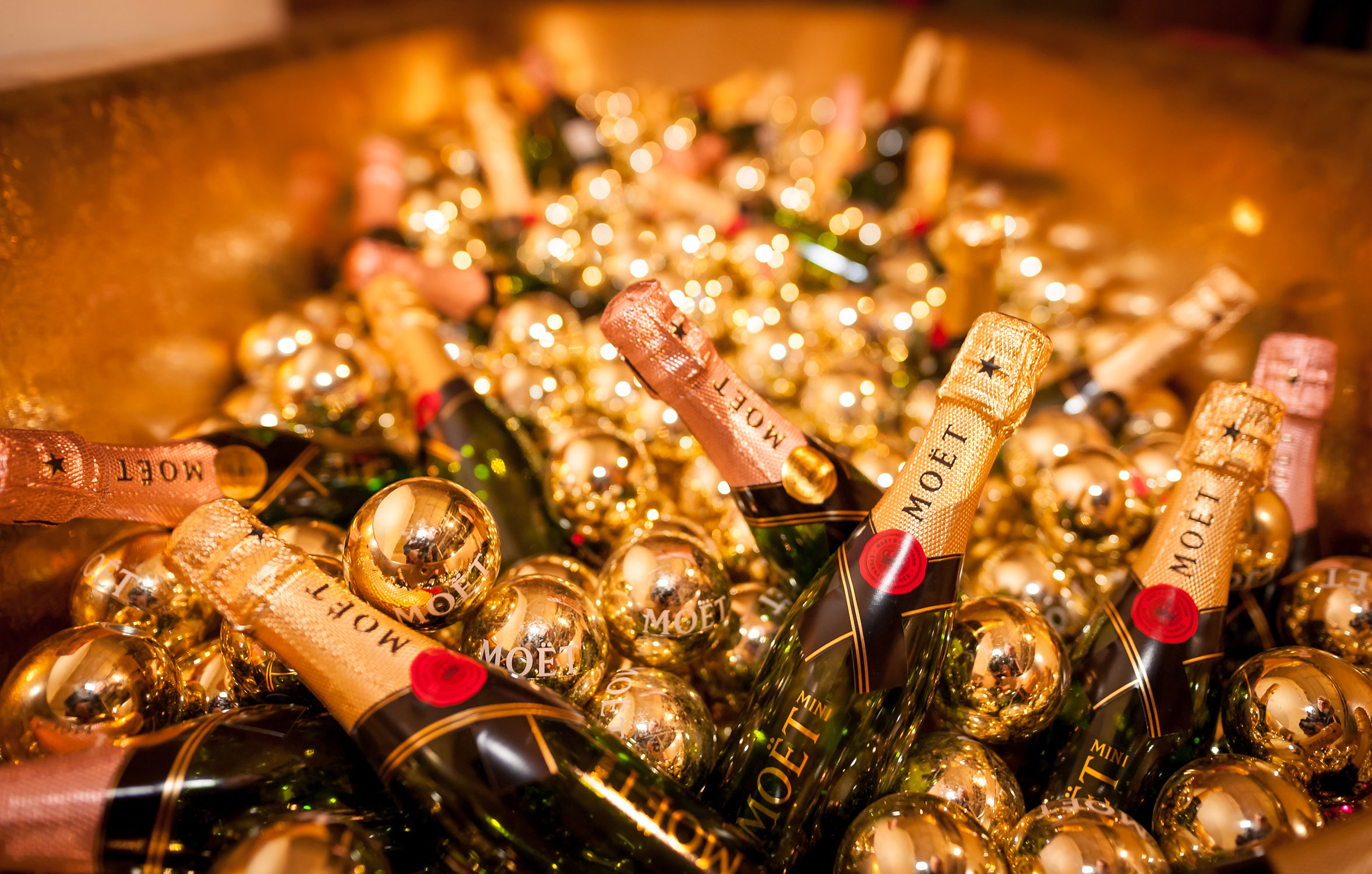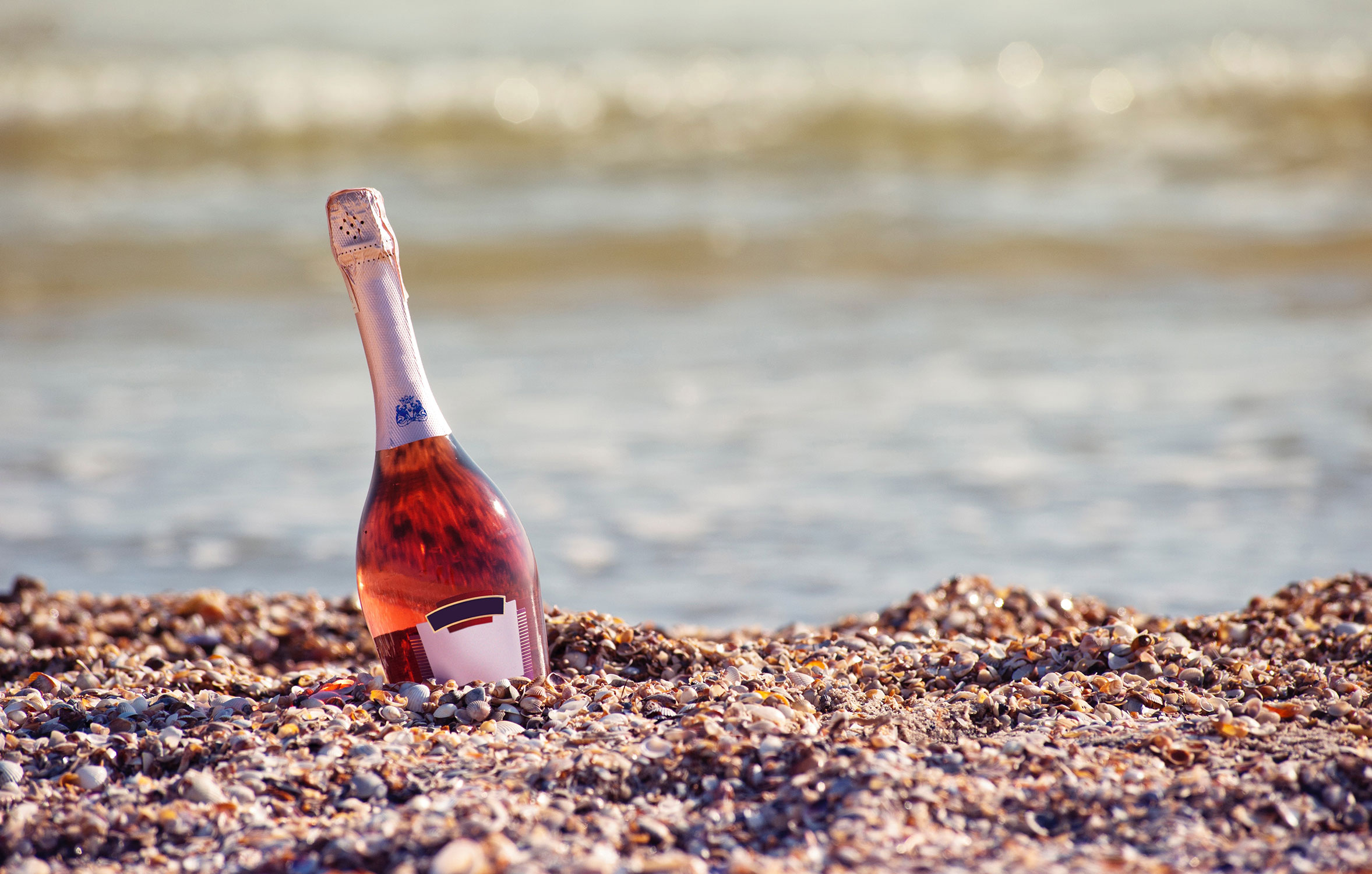In perhaps one of the most romantic songs ever written, Edith Piaf sings
“Quand il me prend dans ses bras
Il me parle tout bas
Je vois la vie en rose”
Give Edith’s classic a listen and we swear, even if you don’t understand French, you’ll start to feel the bubbling, blushing anticipation of someone taking you in their arms and talking to you all low (“when he takes me in his arms/and talks to me all low/I see life in pink”).
Pink has been the color of love, sex and romance for what feels like forever. It’s anyone’s guess as to why rosé (pink) Champagne has only just resurged in popularity as a must-have for any romantic occasion.
There’s just something about the bubbles in a glass of champagne that transform moments into something extraordinary. And we think that Madame Piaf would agree when we say that rosé Champagne provides that extra je ne sais quoi to really show your affection and care.
Rosé Champagne isn’t for every night – the bottles we’ve selected fetch a pretty high price even at discount retailers. After all, every bottle must be sourced from the Champagne region of France to be considered true Champagne. But should there come a time to truly impress, all it takes is a quick French lesson and some of our suggestions to add the sparkle of rosé Champagne to a magical night.
For starters, familiarize yourself with the descriptors you’ll find on labels when selecting a bottle of rosé Champagne (or any sparkling wine for that matter):
Ultra Brut/Brut Nature/Extra Brut/Brut Zero: Brut directly translates to raw, and on a bottle of Champagne means completely without sugar. Denotes the driest sparkling wines (0-6 grams per liter residual sugar).
Brut: Refers to a dry champagne, with an imperceptibly higher amount of sugar (no more than 12 grams/liter). You’ll see Champagne Brut most frequently on the labels at your local liquor store as the most common kind of Champagne.
Extra Dry/Extra Sec: Sec directly translates to “dry,” but these Champagnes actually taste slightly sweet (12-17 grams/liter residual sugar).
Sec: Perceptibly sweeter (17-32 grams/liter residual sugar).
Demi-Sec: Sweet. (32-50 grams/liter residual sugar)
Doux: Doux directly translates to “sweet” (or “soft”) and is thus the sweetest Champagne you’ll find. (50+ grams/liter residual sugar)
NV: Non-Vintage. The bottle contains grape juices from more than one vintage (year).
Cuvée: a vat of wine (derived from cuve, for vat) – when used on champagne bottles cuvée usually refers to grapes sourced from the first barrel or vat.
The following choices consistently find themselves on the top of expertly selected rosé Champagne lists. You can’t go wrong with any of them – it all depends on the kind of night you’re trying to create (we’ve included some pointers if you need help). Prices are shown for a 750 ml bottle and become gradually higher.
Fresh and fun: Perrier-Jouët, Blason Rosé NV
The most economic on our list, this choice from Perrier-Jouët works well for adding a little something extra to an otherwise ordinary night. Its makers describe it as “juicy” and “generous,” and suggest a dessert pairing of red berries and white chocolate. Surprise your special someone with this pale orange champagne with notes of crisp fruit. Who needs an occasion? And who knows where the night will go after infusing it with this satisfying non-vintage?
$55-85
Alc: 12%
Getting serious: Ruinart, Rosé Brut NV
Perhaps you and your sweetheart have been seeing each other for a while and you’re ready to take things to the next level. Set your next dinner date apart from the rest with this non-vintage from Ruinart. This brut rosé Champagne is a blend of Chardonnay and Pinot Noir grapes, producing a pomegranate pink color and tasting full, fruity and delicious. Pay attention for subtle notes of raspberry and hibiscus in this Champagne brut.
$60-90
Alc: 12.5%
Popping the question: Veuve Clicquot, Vintage Rosé Brut 2004
This award-winning, rich and seductive Champagne, with notes of vanilla and red fruits, accompanies your big night with romantic, French ease. It’s a blend of Pinot Noir, Meunier and Chardonnay grapes. Impress your soon-to-be fiancé with your knowledge of this simply beautiful Champagne that took home the Vintage Rosé Champagne Trophy at the Decanter World Wine Awards. Pay no mind to the translation of veuve (widow) – this Champagne guarantees the beginning of a long, romantic courtship.
$70-100
Alc: 12%
Rekindling an old flame: Krug, Rosé Brut NV
We know that people change, but sometimes it’s hard to demonstrate just how far you’ve come to an ex or former lover. Krug’s rosé might just be the Champagne to do it, if you’re willing to invest in an unashamed wooing effort. Krug has produced an elegant, unique Champagne with an interestingly pale salmon-peach color. You’ll taste three different kinds of grape from several different vintages, coming together to create a flavor with depth and variety (just like you). Krug’s rosé brut NV remains nonetheless fresh and delicate – the perfect blend of complexity and drinkability.
$250-375
Alc: 12%
A knockout night: Dom Pérignon, Rosé Brut
While other makers may boast at being the oldest in the game, Dom Pérignon can actually claim the title of the world’s first luxury Champagne. Each bottle is sourced from a single vintage, aged at least seven years, and blended to perfection with the finest grapes. Dom Pérignon’s rosé brut is the Champagne for a truly spectacular evening – thought what that precisely entails is up to you. Its bright pink color and luscious yet subtle notes of raspberry and apricot culminate in a medium-full bodied bottle of pure excellence.
$300-390
Alc: 12.5%

